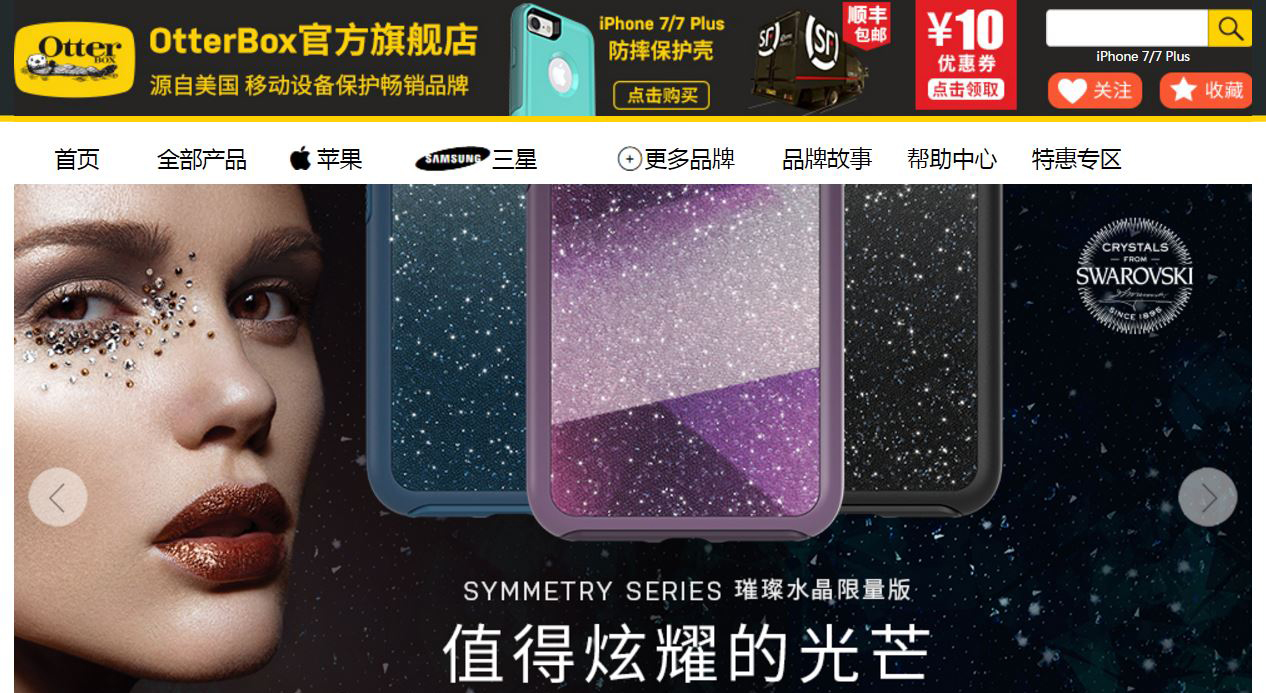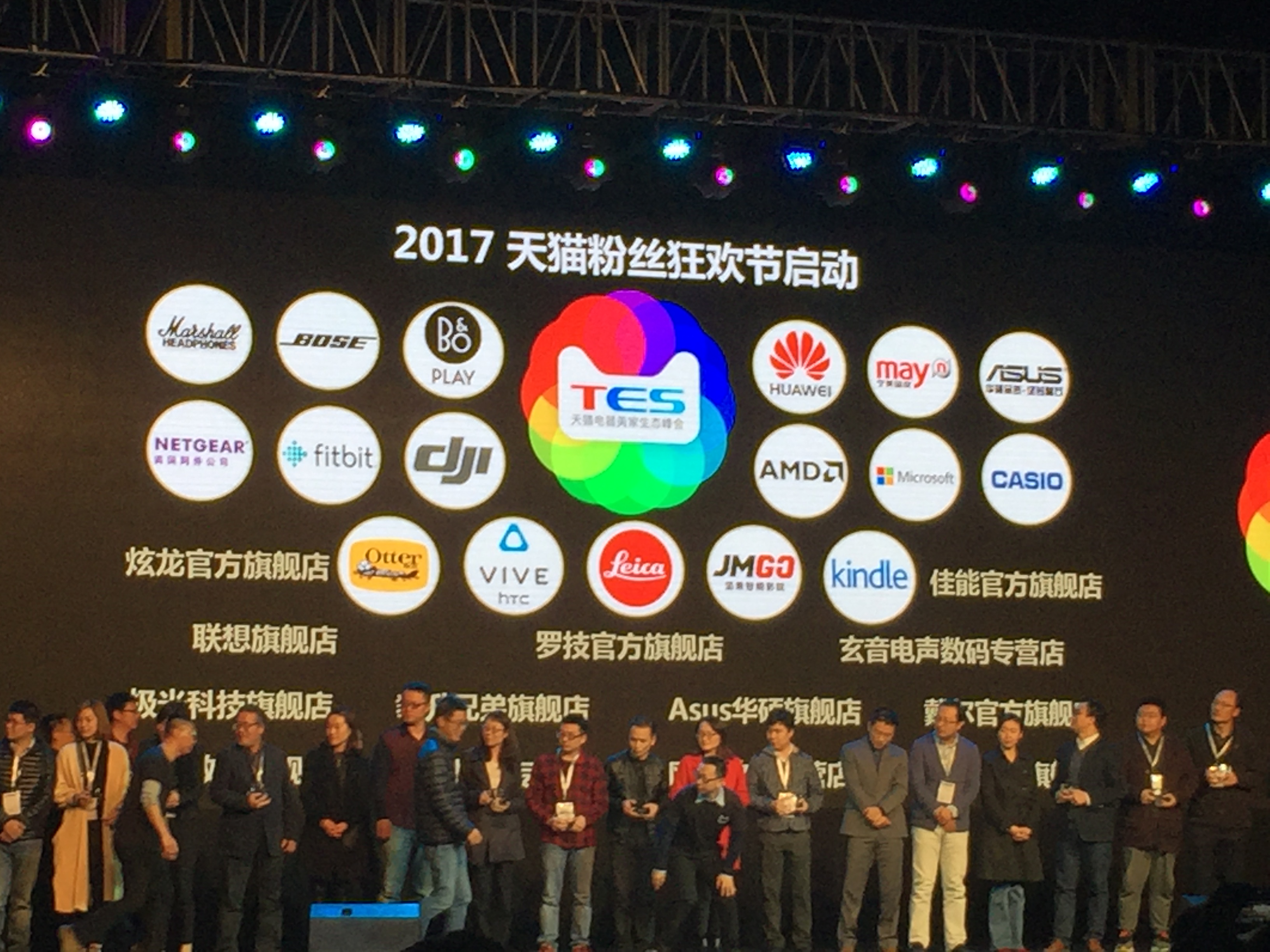
OtterBox has ridden to success by making some of the world’s toughest smartphone cases. The American company’s bright-yellow logo, with its reclining cartoon otter, has come to stand for top-quality phone accessories and has positioned the privately held company as a premium brand in the U.S. and Canada.
So it was much to the Fort Collins, Colorado-based company’s surprise when it launched in the Asia-Pacific region that the first question asked by customers is often “what’s the otter’s name?”
“We’ve done so many different things based on that first customer question,” said OtterBox APAC Marketing Director Patrick Waller.
That included actually naming the otter — he’s called Ollie — creating a backstory and short, animated video clips about the furry creature, publishing children’s books and producing a line of plush Ollie dolls, each clad in different national dress from different countries OtterBox enters. Ollie also has his own web page. And Waller, himself, has been known to don a full-sized Ollie costume at OtterBox events in the region.
OtterBox’s entry into Asia — and China, in particular — is a case study in how a U.S. company can successfully plant a flag in new markets. Its marketing and branding activities also underscore that a brand needs to do more than just ship its existing products to Asia to succeed.
OtterBox’s steep learning curve in a country like China has been somewhat flattened by the collection and analysis of customer feedback and data from social media, customer-service and Alibaba’s Tmall Global platforms. And that has led to some interesting observations, such as phone cases being important to fashionistas, and resulting “quick adaptations,” like a special-edition leather case and a crystal studded case done with Swarovski.
OtterBox established its Asia presence in Hong Kong in 2011, opening a three-person office. It now has 45 staffers, and the “help-wanted” shingle is still out.
The APAC headquarters location was chosen strategically, because of the territory’s stable political climate, a developed and transparent legal system and its reputation as a top-flight international business center. Proximity to China, a market the company coveted, was also a key factor. OtterBox spent its first couple of years focusing on the Australia market, “because it shared a similarity to the U.S.,” said Bonnie Soon, OtterBox’s managing director for APAC.
But similar didn’t mean exactly the same, and OtterBox embarked on a quest to better understand that market and every other one it chose to enter.
“We could not just take whatever the U.S. already had into the Asia market. We had to make some changes in terms of product and the way of doing branding and marketing into each individual market,” said Soon. “We had to kind of change our branding and change our strategy…It’s actually a long journey.”
That journey led OtterBox to solid regional growth in several new markets in the next three years and brought it to China in 2014. The best option to sell into China was to go in online — and through Alibaba’s Tmall Global e-commerce platform, said Soon.
“The offline channel is pretty complicated,” she said. “Based on data research, Chinese consumers always shopped online. That’s why we preferred to start our first flagship on Tmall.”
OtterBox opened that Tmall storefront with the help of a Tmall partner, who handled nearly all the paperwork and ensured legal requirements were met. In April 2017, the company won a brand-of-the-year award from Tmall.



OtterBox has put partnerships at the center of its APAC business model and recommends small business owners work with a strong Tmall partner to launch in China.
“I think our business is really built on partners in Asia. Being in 15 markets, we’ve looked at how we can enter and how we can localize. And in many of the markets, it’s through local partnerships. So, it worked out well,” said Soon. “Our partner took care of most of it.”
While OtterBox sells through other channels in China, its Tmall storefront remains a keystone to its China strategy, and the data provided by Alibaba is a great crucible for testing products and understanding what Chinese consumers want.
While Chinese customers do want to engage with the brand through plush dolls and selfies with Ollie the Otter, they are also extremely discerning in a market where phone cases are a low-priced commodity. OtterBox distinguishes itself by touting its rigorous testing regime to ensure consumers understand why its cases offer superior protection for their expensive personal electronics. Each OtterBox design undergoes at least 24 tests and a minimum of 238 hours of testing before it’s certified as good to go. The 1,000-employee company provides extremely detailed product information and tech specs about the materials it uses and the tests it conducts.
“They ask a wide spectrum of questions. You know, they go for the drop-test material,” said Waller. “They’re very curious shoppers, and…they ask a lot more questions than in other markets.”
Another lesson learned in China is that consumers will pay higher prices for premium brands, but they expect a near-perfect shopping, customer-service, fulfillment and product experience. But markets move at a higher velocity in China than elsewhere. For OtterBox, the challenge on the product side in China has been to offer the same durable iPhone and Android smartphone cases as it does everywhere, while ensuring it’s keeping up with rapidly changing fashion tastes. The turnaround time in Asia from design concept to market-ready product is now about a speedy 90 days.
“At the moment, we think that’s reasonable,” said Waller.
As a closely held company, OtterBox doesn’t provide earnings or revenue breakdowns, but says China is a key growth area for the company. Looking ahead, while the company still wants to be known for its rugged smartphone cases, it wants the brand to stand for both fashion and lifestyle — both indoors and outdoors.
“We basically want them to have peace of mind, that whatever they do, wherever they go, we’re going to help them do it,” said Waller.




